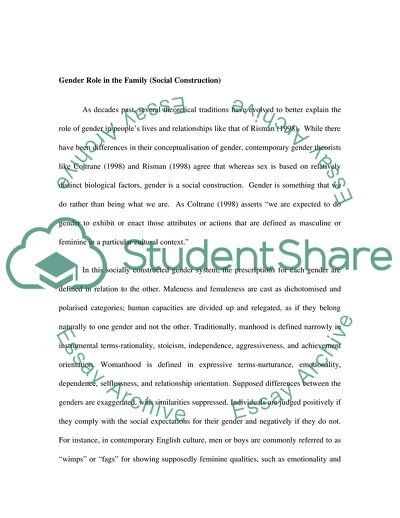Cite this document
(Role of Gender in Family Term Paper Example | Topics and Well Written Essays - 2000 words, n.d.)
Role of Gender in Family Term Paper Example | Topics and Well Written Essays - 2000 words. Retrieved from https://studentshare.org/social-science/1705361-psychosocial-studies-module-families-studies
Role of Gender in Family Term Paper Example | Topics and Well Written Essays - 2000 words. Retrieved from https://studentshare.org/social-science/1705361-psychosocial-studies-module-families-studies
(Role of Gender in Family Term Paper Example | Topics and Well Written Essays - 2000 Words)
Role of Gender in Family Term Paper Example | Topics and Well Written Essays - 2000 Words. https://studentshare.org/social-science/1705361-psychosocial-studies-module-families-studies.
Role of Gender in Family Term Paper Example | Topics and Well Written Essays - 2000 Words. https://studentshare.org/social-science/1705361-psychosocial-studies-module-families-studies.
“Role of Gender in Family Term Paper Example | Topics and Well Written Essays - 2000 Words”, n.d. https://studentshare.org/social-science/1705361-psychosocial-studies-module-families-studies.


